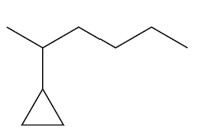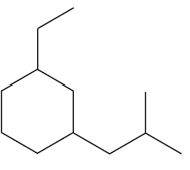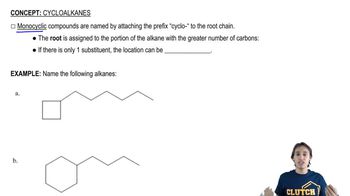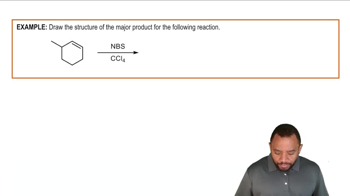Draw skeletal structures for the following:
c. 2,3,3,4-tetramethylheptane


 Verified step by step guidance
Verified step by step guidance Verified video answer for a similar problem:
Verified video answer for a similar problem:



 1:11m
1:11mMaster How to find the root name for cycloalkanes with a bite sized video explanation from Johnny
Start learning